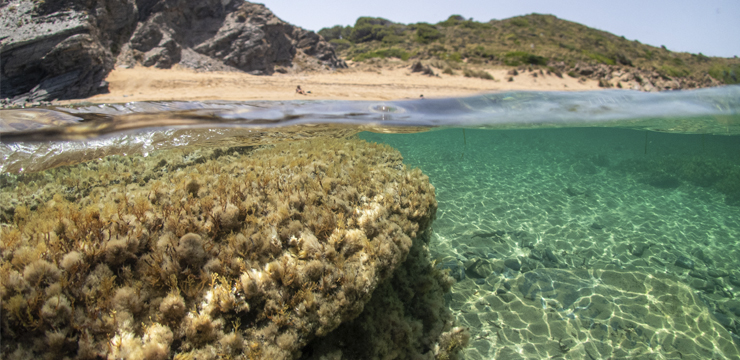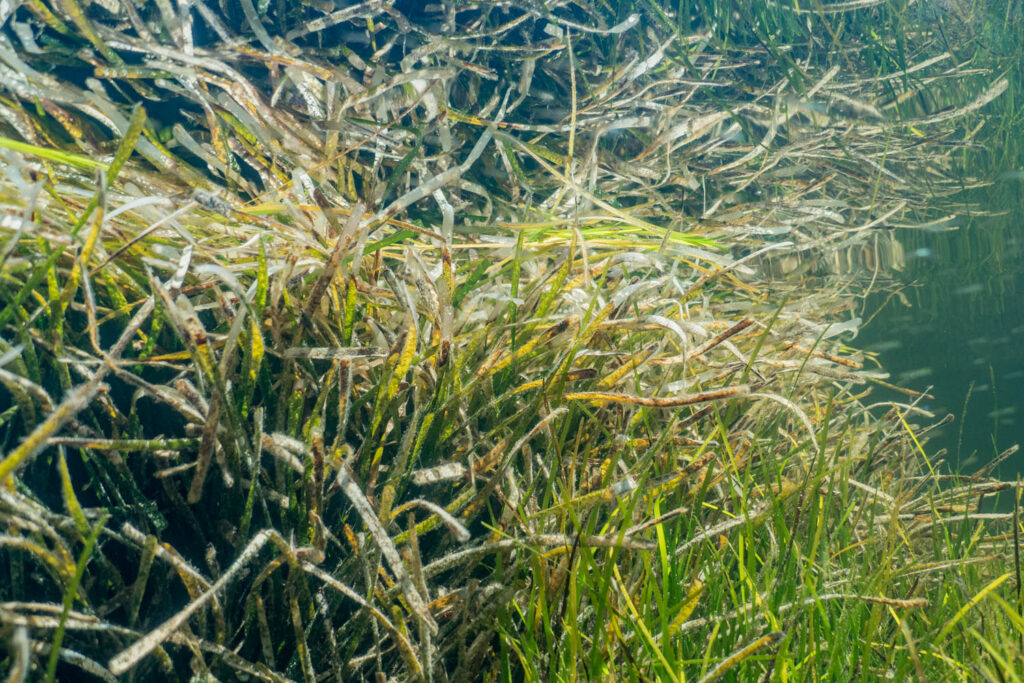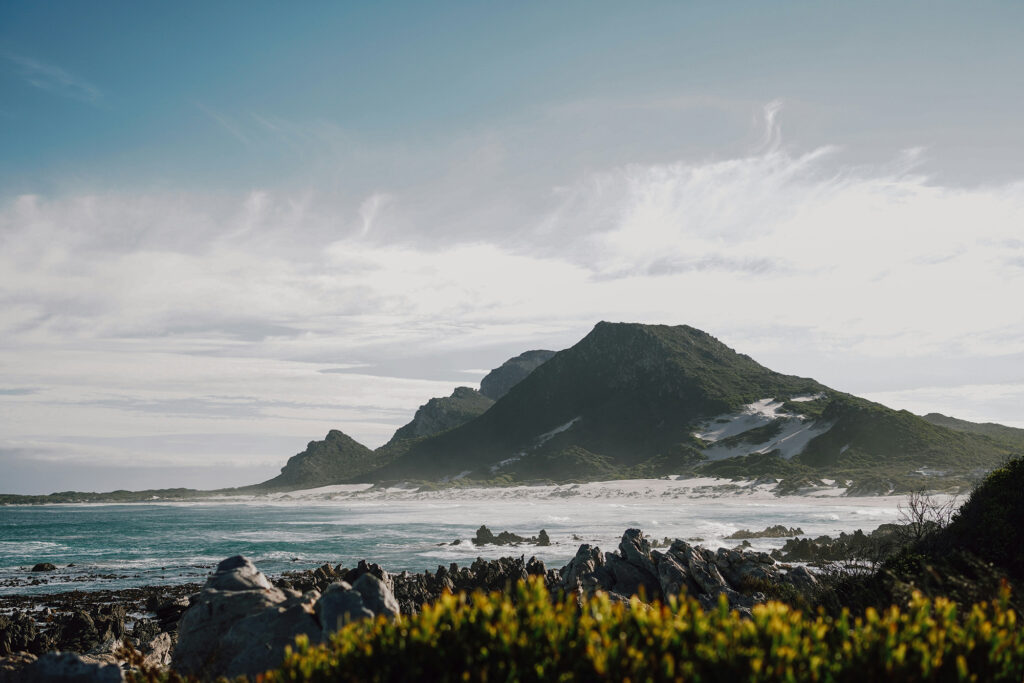Collaborative project
Worldwide, the environment is changing rapidly due to activities of the growing human population, with climate change being a major concern. As more and more people settle along the coast, human-induced pressures on coastal waters increase, causing habitat loss and fragmentation. These pressures lead to a dramatic decline in biodiversity and changes to how ecosystems function worldwide. As a consequence, the wealth we can derive from the ocean (through the Blue Growth policy) is at risk, and achieving several of the targets defined by the United Nation’s Sustainable Development Goals (SDGs) agenda gets harder and harder.
Seaweed beds, being a type of Blue Forest, are coastal vegetated habitats covering the rocky shores around the globe. They provide many different ecosystem services which form the basis for several SDG targets, such as raw material for humans (including food, animal feed and fertilizers), food and shelter for a variety of species, and regulate global climate through carbon storage. We know that these ecosystems are under pressure from climate change and human activities, but we still don’t fully understand the effects of these pressures.
COASTFRAG is a research project that started in 2021 and will last until the end of 2024. The project will work to improve our knowledge of what is needed to protect Blue Forests and the services we receive from them. To do so, we will study how pressures, such as habitat fragmentation, temperature, water quality, wave exposure and predation, impact seaweed communities across Europe. The research includes field work in the intertidal zone, both observations and experiments, and studies in mesocosm basins. Data will be analysed to create models and projections into the future with a changing climate.









